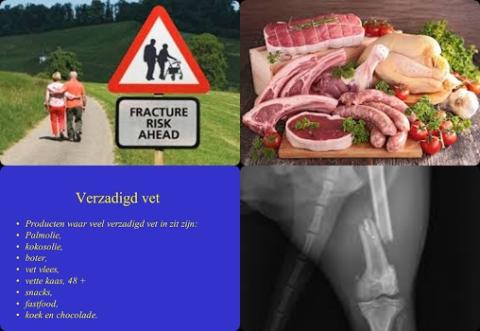
Objectives:
Total dietary fat intake might influence the risk of fracture; however, conflicting findings have been reported to date. Therefore, this review article has been conducted.
Is there an association between dietary fat intake and risk of fracture?
Study design:
This review article included 6 observational studies.
Results and conclusions:
The investigators found no significant association between total dietary fat intake and risk of fracture [pooled effect size = 1.31, 95% CI = 0.95-1.79, p = 0.09].
The investigators found dietary saturated fat intake significantly increased risk of fracture with 79% [pooled effect size = 1.79, 95% CI = 1.05-3.03, p = 0.03].
The investigators found dietary monounsaturated fatty acids (MUFAs) intake derived from animal sources significantly increased risk of fracture with 129% [pooled effect size = 2.29, 95% CI = 1.50-3.50, p 0.0001].
The investigators concluded that both dietary saturated fat and monounsaturated fatty acids (MUFAs) intake derived from animal sources increase risk of fracture.
Original title:
Dietary fat, saturated fatty acid, and monounsaturated fatty acid intakes and risk of bone fracture: a systematic review and meta-analysis of observational studies by Mozaffari H, Djafarian K, […], Shab-Bidar S.
Link:
https://www.ncbi.nlm.nih.gov/pubmed/29947872
Additional information of El Mondo:
Find more information/studies on fat consumption and elderly.
A diet high in saturated fat is a diet that is largely made up of meals/products with more than 10 En% saturated fat. Practically, this means that all meals/products that you eat on a daily basis should on average contain more than 10 En% saturated fat. Check here which products contains more than 10 En% saturated fat.
More than 10 En% saturated fat means that the total amounts of saturated fat make up for more than 10% of the total kcal of the diet.